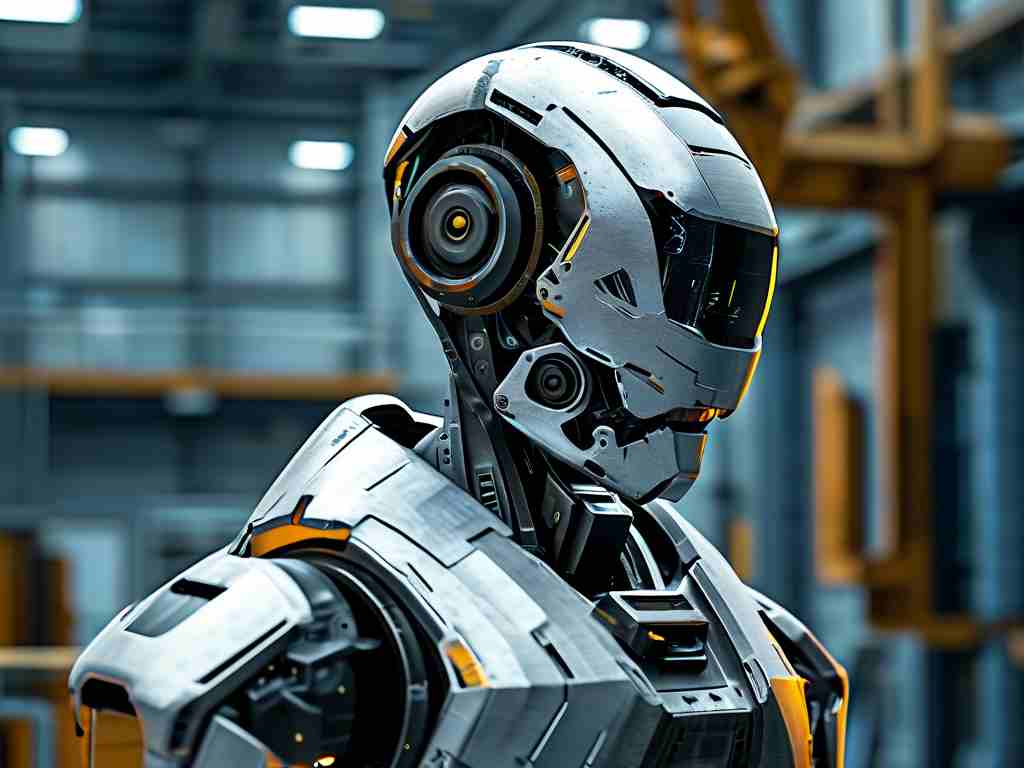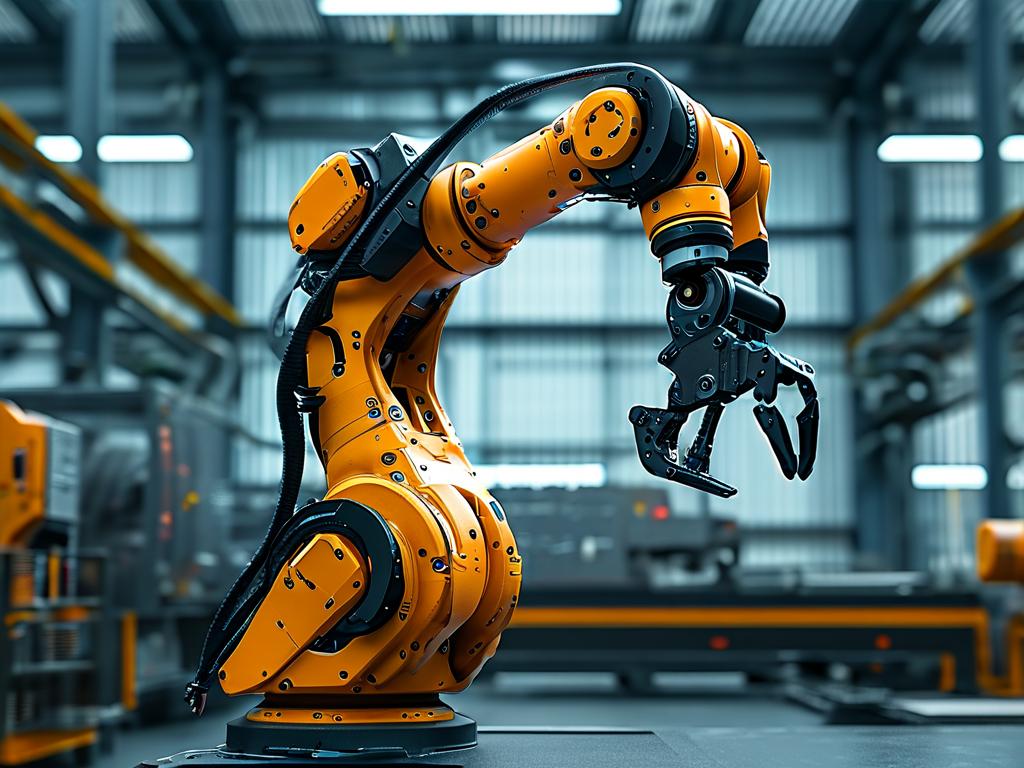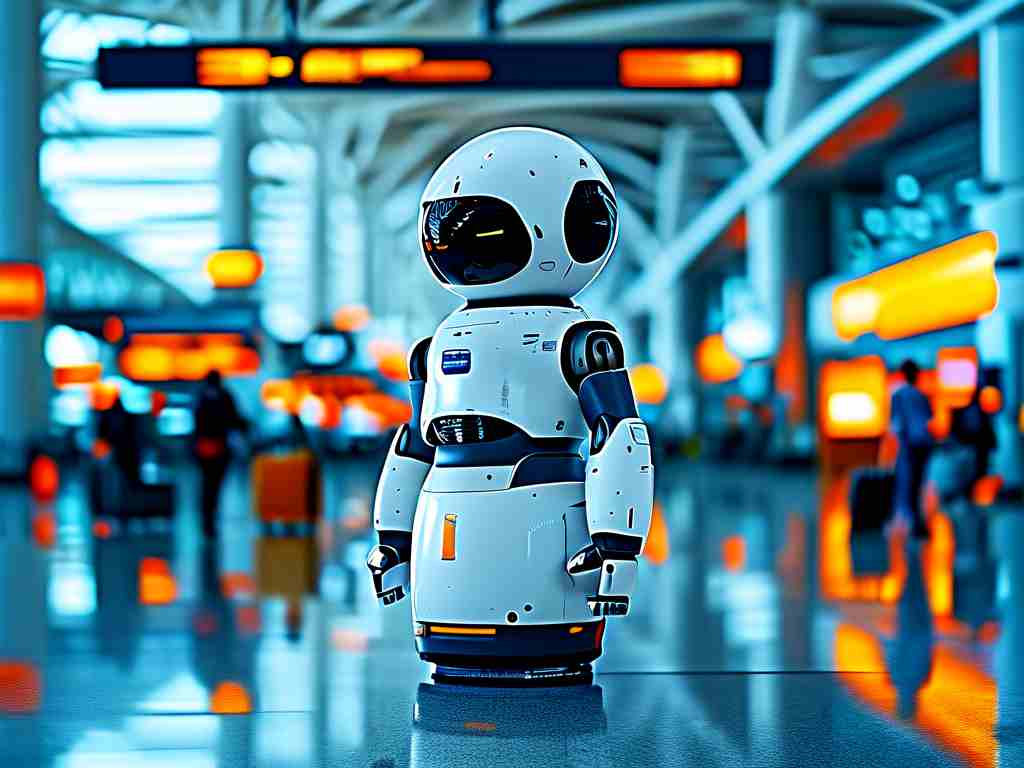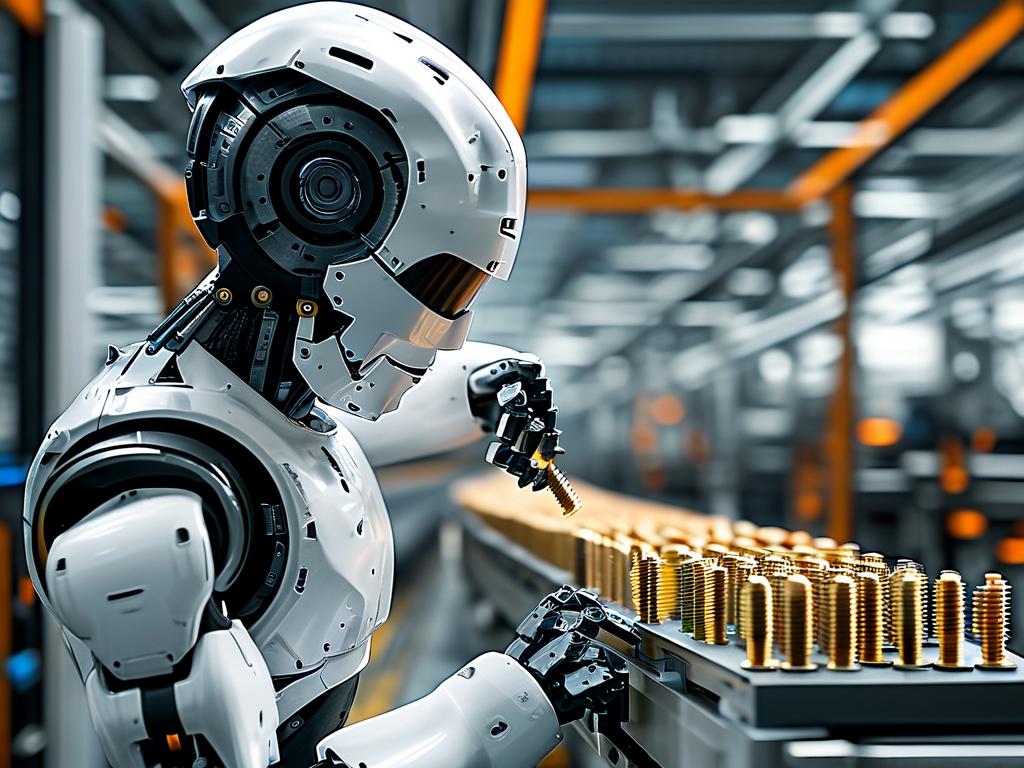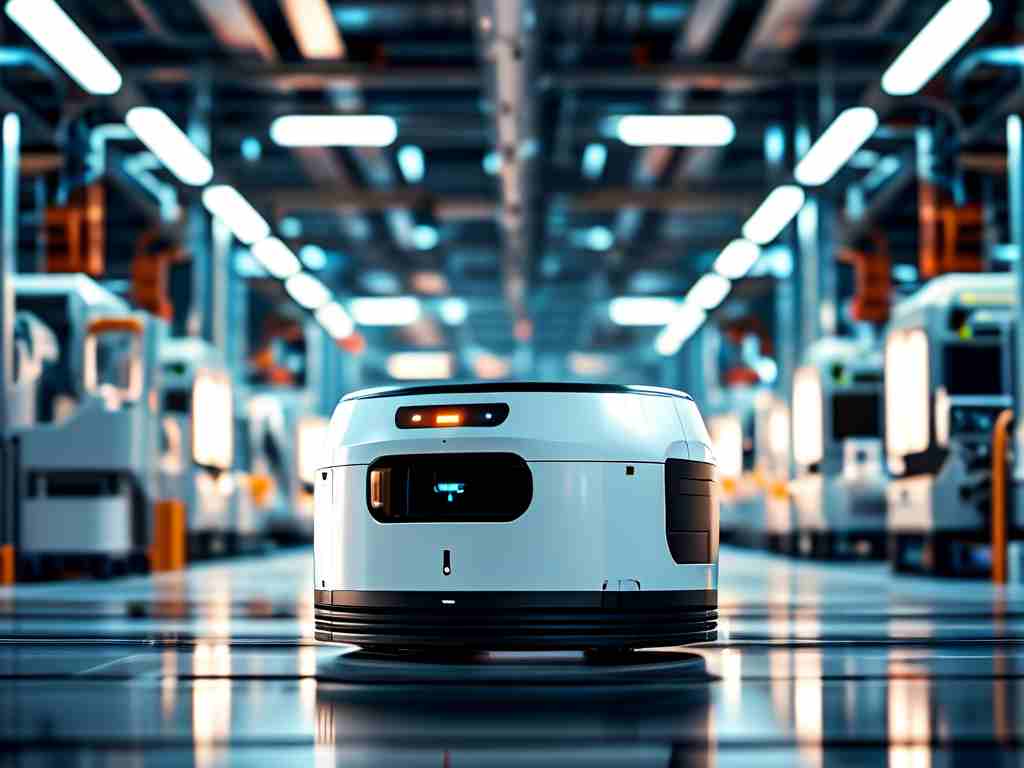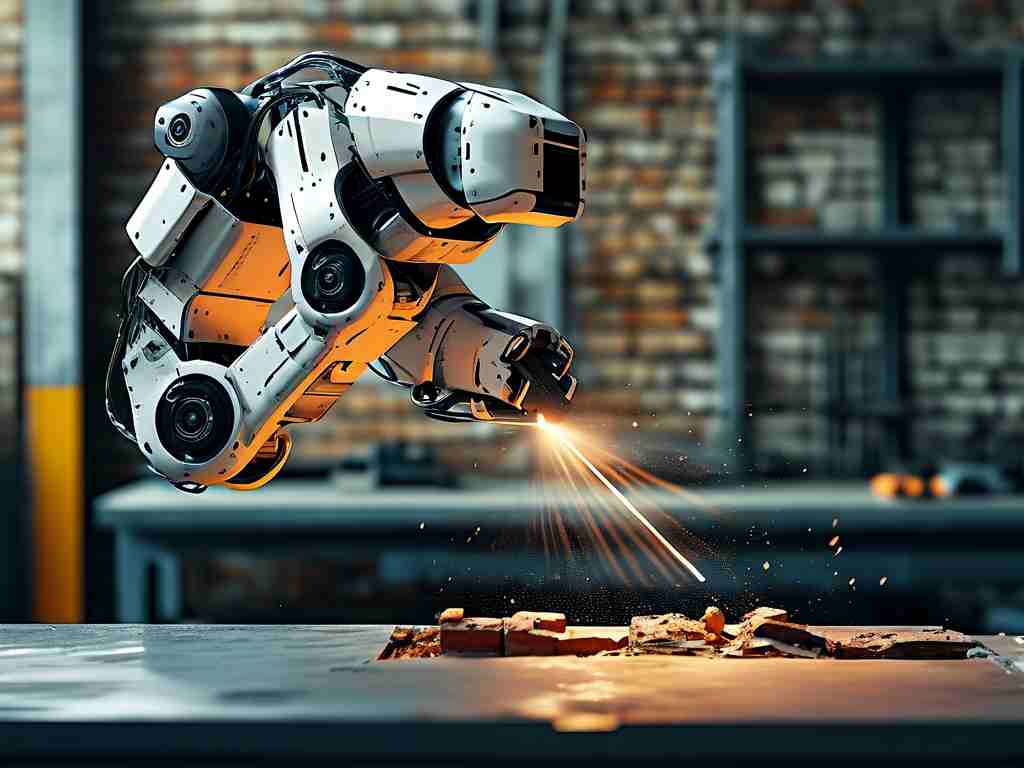In the realm of maritime maintenance, rust accumulation within ship cabins poses a persistent threat, leading to structural degradation, safety hazards, and costly downtime. Traditional rust removal methods, such as manual scraping or chemical treatments, often involve labor-intensive processes that expose workers to toxic fumes and confined-space risks. Enter robotic rust removal technology—a groundbreaking innovation transforming how we tackle corrosion in these critical environments. This article delves into the core principles behind this advanced system, exploring how autonomous robots efficiently detect and eliminate rust, ensuring ships remain seaworthy and safe. By automating what was once a perilous task, this technology not only enhances operational efficiency but also sets a new standard for sustainable vessel upkeep.
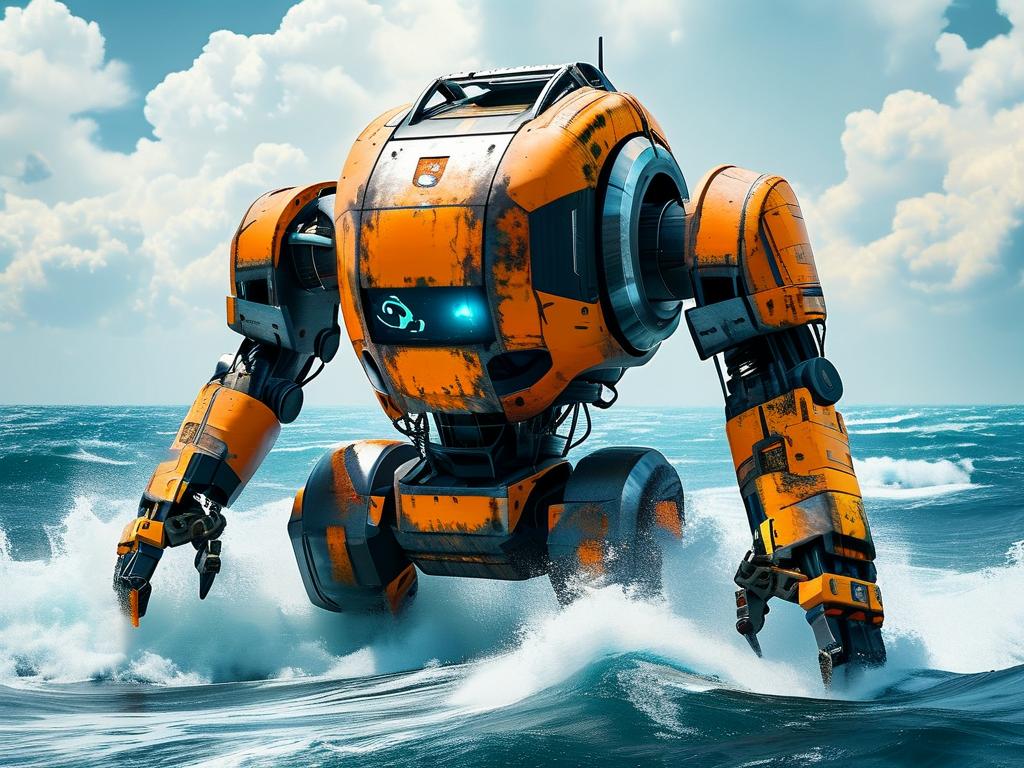
At its heart, the principle of robotic rust removal in ship cabins hinges on a seamless integration of mobility, sensing, and precision application. Robots designed for this purpose are typically compact, wheeled or tracked units equipped with advanced navigation systems. They autonomously traverse confined cabin spaces, such as cargo holds or engine rooms, using a combination of lidar sensors and onboard cameras to map their surroundings in real-time. This mapping phase is crucial; it allows the robot to identify rust patches with high accuracy, distinguishing them from unaffected metal surfaces through algorithms that analyze texture and color variations. For instance, a common approach involves infrared scanning to detect temperature anomalies caused by corrosion, enabling targeted intervention without unnecessary disruption. Once rust is pinpointed, the robot's articulated arm, often fitted with specialized tools, springs into action. The removal mechanism varies but frequently employs non-abrasive techniques like laser ablation or dry ice blasting. Laser ablation, for example, works by directing a high-energy beam that vaporizes rust layers at a molecular level, leaving the underlying metal intact. This process minimizes heat distortion and avoids the mess associated with traditional methods, ensuring a cleaner, more controlled outcome.
Delving deeper into the technology, the control system orchestrates this entire operation through sophisticated software. Powered by artificial intelligence, these robots use machine learning models trained on vast datasets of rust patterns to adapt to varying cabin conditions. For instance, in humid environments common to ships, algorithms predict rust growth rates and optimize cleaning paths to prevent recurrence. The software also incorporates fail-safes, such as collision avoidance protocols that halt operations if unexpected obstacles arise, safeguarding both the robot and the vessel's infrastructure. This intelligent autonomy reduces human intervention to a minimum—operators might monitor progress via remote interfaces, but the robot handles the bulk of tasks independently. Moreover, the energy efficiency of these systems is noteworthy; many models run on rechargeable batteries, emitting zero emissions during operation and aligning with global pushes for greener shipping practices.
The advantages of this robotic approach are manifold, revolutionizing maritime maintenance in tangible ways. Safety stands out as a primary benefit; by eliminating the need for crews to enter hazardous confined spaces, robots drastically cut down on accidents like falls or chemical exposures. Efficiency gains are equally impressive—robots can operate continuously, day or night, completing rust removal in hours what might take human teams days. For example, a single robot deployed in a cargo hold can cover hundreds of square meters systematically, with precision that reduces material waste and extends the lifespan of cabin components. Cost-effectiveness follows suit; while initial investments in robotic systems are substantial, long-term savings emerge from reduced labor costs, fewer repairs, and minimized voyage delays. Real-world implementations, such as those in commercial tankers, report up to 40% faster turnaround times and a 30% drop in maintenance expenses. Environmental perks add another layer, as eco-friendly removal methods like dry ice blasting produce no secondary waste, unlike abrasive sandblasting that generates toxic dust.
Despite its promise, the technology faces challenges that spur ongoing innovation. Current robots may struggle in extremely cluttered or irregularly shaped cabins, requiring human oversight for complex scenarios. Battery life limitations also pose hurdles for extended missions, though advancements in fast-charging and solar integration are on the horizon. Looking ahead, the future of robotic rust removal is bright, with trends pointing toward swarm robotics—where multiple units collaborate for larger areas—and enhanced AI that learns from each job to improve accuracy. As these systems evolve, they could integrate with broader ship management networks, providing real-time data on corrosion trends for predictive maintenance. In , the principle of robotic rust removal in ship cabins represents a quantum leap in maritime technology, blending automation, intelligence, and sustainability to combat an age-old problem. By embracing these innovations, the shipping industry not only fortifies vessel integrity but also charts a course toward safer, more efficient global trade.


